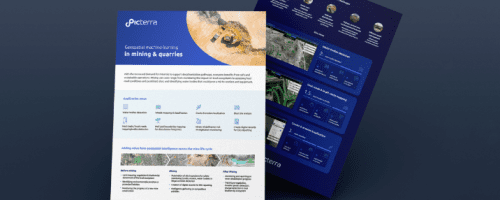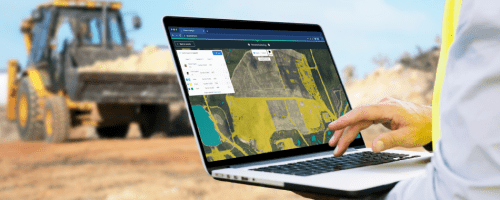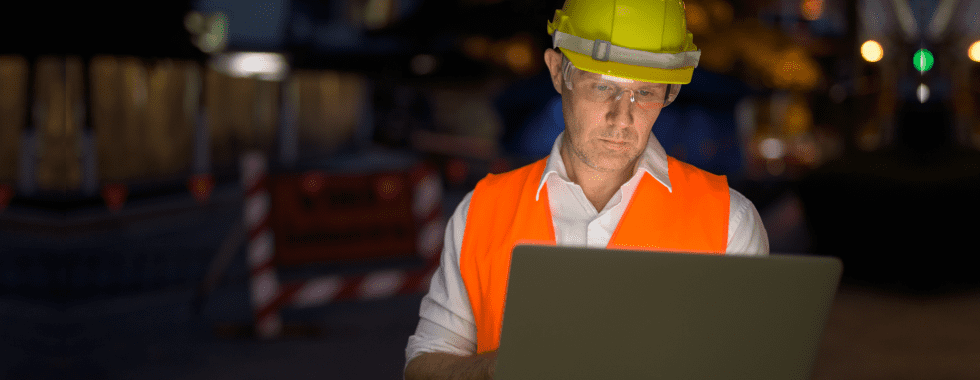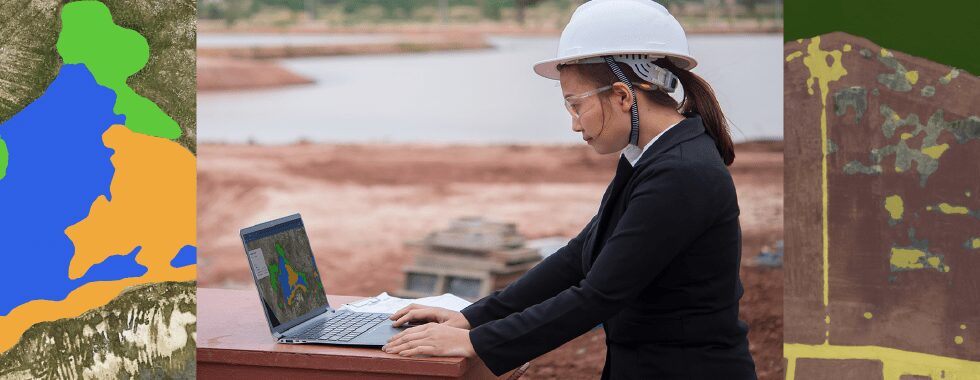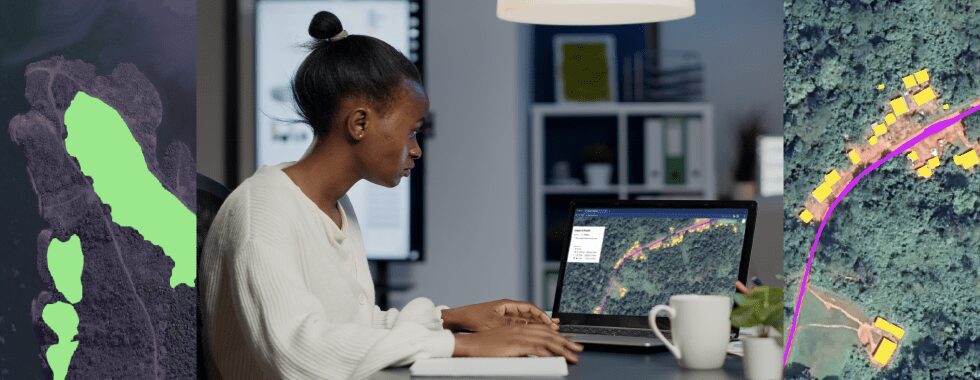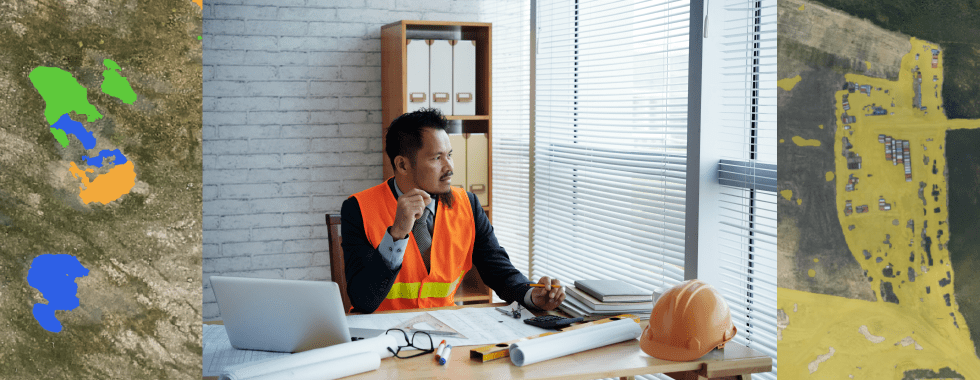The fusion of technology and industry is an evolving narrative that continues to revolutionize our world. The mining sector, a bedrock of the global industry, is a key player in this transformative story. One of the most significant advancements reshaping this field is the integration of real-time monitoring and intelligence in mining operations. This potent combination of technologies, including data from satellites, drones, and other aerial sources, is not just enhancing operations – it’s redefining industry standards.
Real-time monitoring and intelligence in mining operations refer to the dynamic process of collecting, processing, and analyzing data in real-time. This continuous stream of data, derived from a variety of sources, including satellite imagery and drone footage, is then analyzed using artificial intelligence (AI) and machine learning (ML) algorithms. This powerful synergy allows mining companies to make instantaneous, informed decisions, maximizing operational efficiency, safety, and sustainability.
In this article, we will unravel the multilayered benefits of real-time monitoring and intelligence in the mining industry. We will explore its key role in driving operational efficiency, bolstering safety measures, facilitating data-driven decision-making, enabling proactive maintenance and equipment optimization, and advancing environmental monitoring and sustainability.
Through this journey, we’ll highlight the crucial role of AI and ML in deciphering patterns and insights from data obtained from satellites, drones, and other aerial sources. We’ll discuss how these technologies are not just enhancing real-time analytics for mining operations management but revolutionizing it. From predictive maintenance leading to substantial cost savings to mining equipment optimization driving operational excellence, we’ll uncover the profound impact of these technologies.
Moreover, we’ll delve into the increasing importance of environmental monitoring in mining and how real-time data and AI-powered analytics are pushing the boundaries of sustainability in this sector.
Join us as we navigate this terrain, unveiling the transformative power of real-time monitoring and intelligence. You’ll gain a deeper understanding of how these technologies are not just beneficial but essential in today’s data-driven, fast-paced mining landscape.
Real-time monitoring and intelligence in mining operations
In the mining sector, real-time monitoring and intelligence are key pillars that bring together advanced technologies and data analytics to shape a more efficient, safe, and sustainable future for mining operations.
Real-time monitoring, in the specific context of mining operations, involves the continuous and immediate collection of data from various sources within mining sites. This data can originate from a myriad of sources, such as equipment sensors, environmental monitors, worker wearable technology, and especially from aerial platforms like satellites and drones.
Satellites and drones play a significant role in this aspect by providing high-resolution images and a bird’s-eye view of the mining sites, enabling a comprehensive perspective of the operations. Combining these aerial data sources with ground-level data offers a holistic view of the entire operation, increasing the accuracy and effectiveness of real-time monitoring.
Want to learn more about how geoAI can be used in mining & quarries?
Once this raw data is collected, the real power of technology comes into play – the transformation of data into actionable intelligence. This is where advanced analytics, machine learning, and artificial intelligence techniques are applied to extract valuable insights from the real-time data.
Mining operations typically monitor various data types to keep a pulse on their operations. These can include equipment performance metrics such as productivity rates, fuel usage, and machine health indicators. Environmental conditions like air quality, noise levels, and water pollution are also tracked. Safety parameters such as worker location, physical health indicators, and incident reports are also essential components of the data being constantly monitored.
This constant stream of real-time data serves a critical role in identifying operational issues and detecting anomalies. For instance, an unexpected change in a machine’s vibration pattern or a sudden increase in fuel consumption can be quickly identified and addressed, preventing costly breakdowns and promoting equipment longevity.
On the other hand, the intelligence derived from this real-time data is invaluable for making prompt, informed decisions in mining operations. The application of AI and machine learning techniques help identify patterns and trends, predict future scenarios, and provide recommendations. This data-driven decision-making process leads to improved operational efficiency, enhanced safety measures, and increased sustainability efforts.
Real-time monitoring provides the “what” — what is happening in your mining operations at any given moment. In contrast, intelligence provides the “why” and the “how” — why is it happening, how can we improve, and how can we prevent negative outcomes?
Together, real-time monitoring and intelligence create a powerful tool for mining operations management, enabling mines to be proactive rather than reactive. Through the integration of these technologies, mining companies can anticipate problems before they occur, optimize their resources, ensure the safety of their workforce, and minimize their environmental impact, all while maximizing productivity and cost-effectiveness.
In the era of digitalization, the integration of real-time monitoring and intelligence in mining operations is not just a competitive advantage – it’s a necessity for survival and success in the ever-evolving mining industry. And as companies like Picterra continue to innovate and refine these technologies, the future of mining appears smarter, safer, and more sustainable.
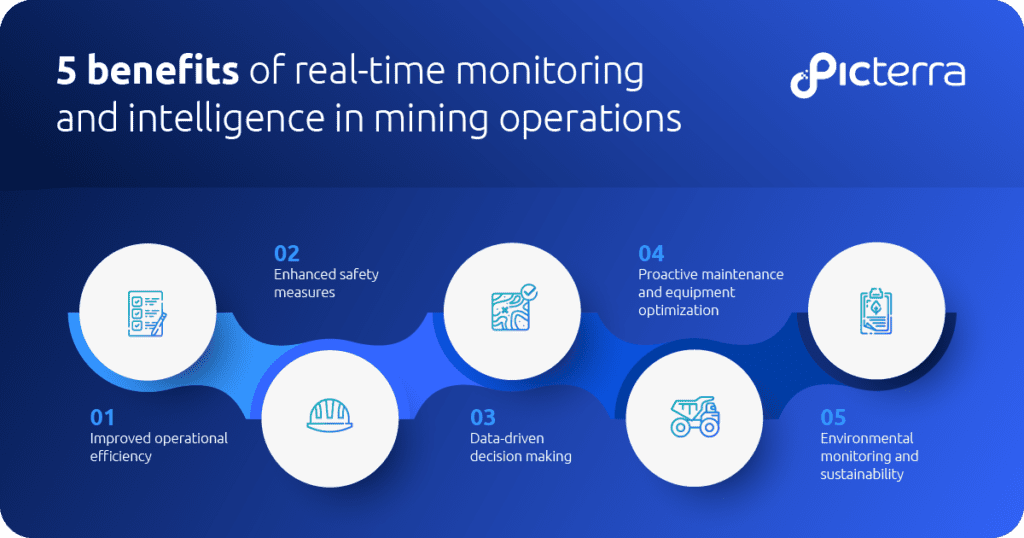
Improved operational efficiency
Real-time monitoring and intelligence, especially when fueled by earth observation data, are powerful tools for enhancing operational efficiency in mining. High-resolution satellite, drone, and aerial imagery offer a comprehensive view of the mining site, enabling precise tracking of operations and immediate identification of inefficiencies.
For instance, satellite imagery analyzed with AI algorithms can identify bottlenecks in transportation routes within mines. A case study from a Canadian mining company, using AI-driven analysis of satellite imagery, identified inefficiencies in their haul road design. By optimizing these routes, the company was able to significantly increase the efficiency of its haul trucks and reduce fuel consumption, leading to substantial cost savings.
Enhanced safety measures
When it comes to improving safety in mining, earth observation data is a game-changer. Real-time satellite and drone imagery, analyzed through AI and ML algorithms, can help detect potential safety hazards even in remote and inaccessible areas of the mine site.
In a notable example, a South American mining company used drone imagery and AI analytics to monitor the stability of their tailings dams. The system provided early warnings of potential structural weaknesses, allowing the company to implement remedial measures before any failure occurred, thereby averting potential accidents.
Data-driven decision making
Data-driven decision-making is pivotal in modern mining operations. AI and ML algorithms can process vast amounts of satellite, drone, and aerial imagery, providing real-time insights that drive strategic decision-making.
For example, real-time analysis of earth observation data can help mine managers optimize extraction strategies based on the current state of the mine site. An Australian mining company used AI-driven analysis of drone imagery to adjust their blasting strategy in real time, leading to a 20% increase in ore recovery.
Proactive maintenance and equipment optimization
Earth observation data can also be instrumental in proactive maintenance and equipment optimization in mining. Real-time aerial imagery can help monitor the condition and performance of large mining machineries, like draglines and excavators.
In a significant use case, a large coal mining company in the US used drone imagery and AI-powered predictive maintenance to monitor the condition of their conveyor belts. The system could predict potential failures, allowing for timely maintenance and reducing costly downtime.
Environmental monitoring and sustainability
Lastly, satellite, drone, and aerial imagery are essential for environmental monitoring and sustainability in mining operations. Real-time monitoring of environmental parameters using earth observation data helps companies manage their environmental impact and comply with regulations.
For instance, a mining operation in Africa used satellite imagery to monitor the impact of their operations on local water resources. By using AI to analyze the imagery, they were able to mitigate potential pollution risks and implement sustainable water management practices.
Conclusion
The mining industry is undergoing a transformative shift, driven by the integration of real-time monitoring and intelligence. As we’ve explored in this article, the application of these advanced technologies, particularly when leveraging earth observation data from satellite, drone, and aerial imagery, offers an array of benefits.
The improved operational efficiency is a testament to how real-time monitoring and intelligence can optimize mining operations, leading to significant cost savings and productivity gains. The safety measures that these technologies enhance are pivotal in creating safer working environments and mitigating risks. Furthermore, the power of data-driven decision-making, facilitated by real-time data analysis, fosters strategic and informed decisions that positively impact mining operations.
The potential for proactive maintenance and equipment optimization, facilitated by predictive analytics, is transforming the way mining operations approach equipment maintenance, reducing downtime, and prolonging the lifespan of costly machinery. Finally, the role of real-time monitoring in environmental monitoring and sustainability demonstrates how the mining industry can responsibly manage its environmental footprint.
In a time where digital transformation is reshaping every industry, mining is no exception. Real-time monitoring and intelligence in mining operations, powered by AI and ML, offer a competitive edge while promoting safety and sustainability. It’s clear that as these technologies continue to evolve and mature, they will shape the future of the mining industry, making it smarter, safer, and more sustainable.
Companies like Picterra, at the forefront of these technological advancements, are playing a crucial role in this transformation. By harnessing the power of AI and ML to analyze real-time data from various sources, including satellite, drone, and aerial imagery, they are paving the way for the mining operations of the future. It’s a future where data drives decisions, where operations are optimized in real-time, and where the safety and sustainability of mining practices are paramount. The era of intelligent mining is here, and its potential is only just beginning to be unearthed.

